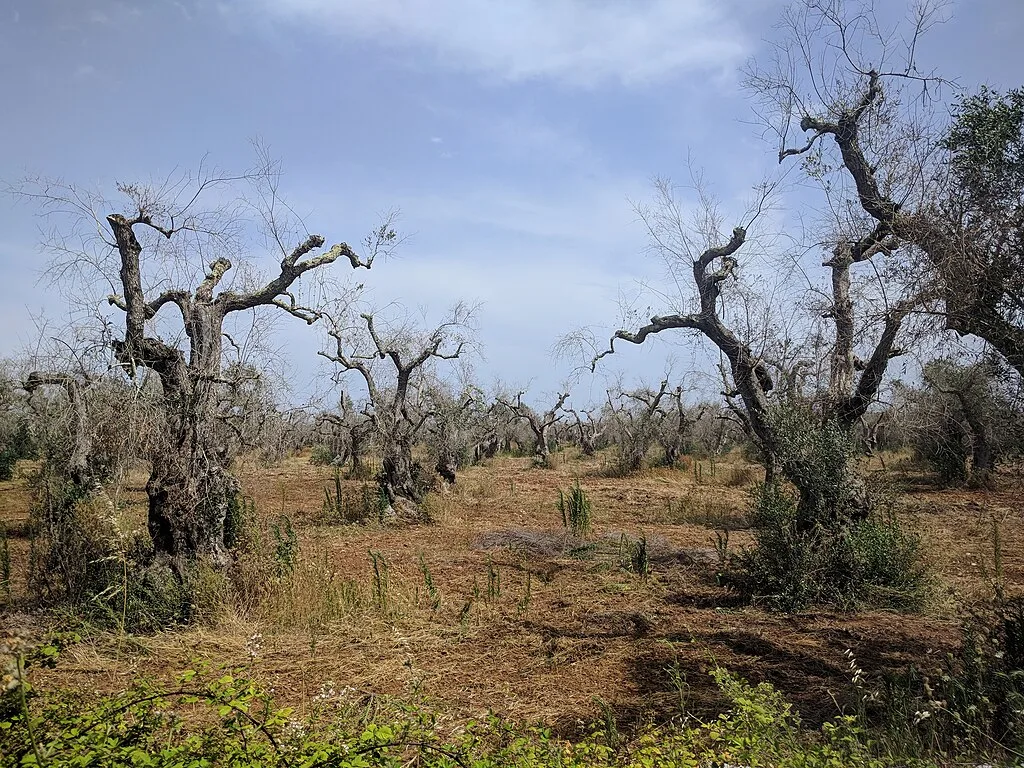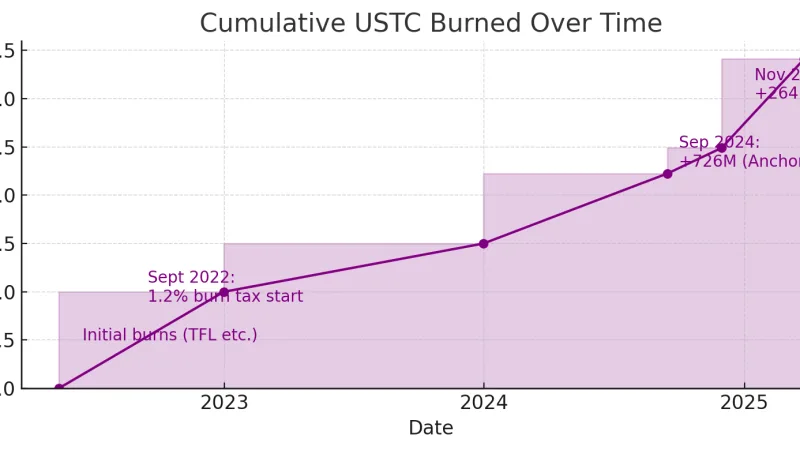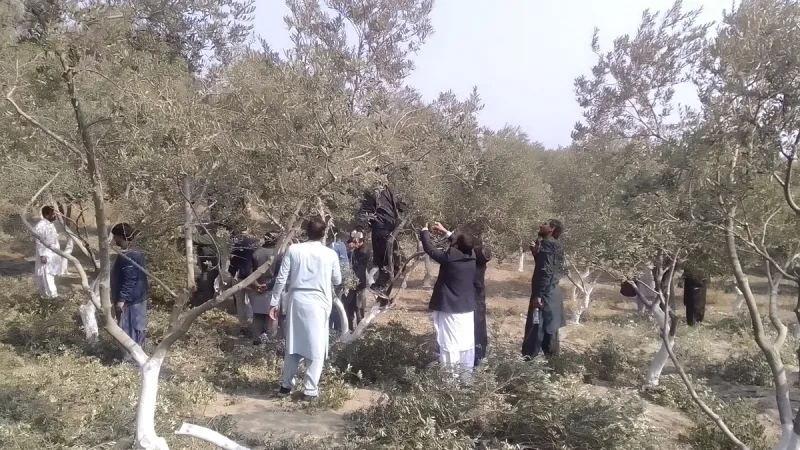Xylella Fastidiosa: A Billion-Euro Crisis Brewing in Europe’s Olive Groves

Across the sun-drenched landscapes of Southern Italy and other olive-growing regions in Europe, a deadly plant pathogen is wreaking havoc on olive plantations, with devastating consequences for local economies and the global olive oil market. Bacterium Xylella fastidiosa, a microscopic pathogen, has been silently causing the destruction of millions of olive plants since its discovery in Italy in 2013. This bacterial disease not only threatens the future of olive oil production but also raises questions about how agricultural crops worldwide can better protect their plants in the fields from emerging diseases such as disease of grapevine and Xylella fastidiosa.
The Silent Killer: What is Xylella fastidiosa?
Xylella fastidiosa is a Gram-negative bacterium that inhabits the xylem vessels of plants — the water-conducting tissue. This bacterial plant pathogen is transmitted through the sap-feeding actions of certain insects, like sharpshooters and spittlebugs , particularly the glassy-winged sharpshooter, which acts as potential vectors of xylella fastidiosa. Although X. fastidiosa affects a wide range of host plants, its impact on European olive has been particularly catastrophic. It causes a condition known as Olive Quick Decline Syndrome (OQDS), which leaves once-vibrant trees withering and dying in a matter of months.
The bacterium was first detected in Europe in 2013 when it emerged in the olive trees in the Apulia, a region in southern Italy that historically produced nearly half of the country’s olive oil and finest olive trees in Italy. By 2020, a staggering 595 wide range of plant species had been identified as potential host plants, including not just olive trees but also coffee plants, grapes, and citrus. This vast plant host range, including subspecies pauca and subspecies multiplex makes, Xyella fastidiosa a particularly difficult foe to contain.
The Origin of the Outbreak: From Coffee to Olive Plantation
The origin of the Xylella fastidiosa outbreak in Italy can be traced back to a single coffee plant imported from Central America in 2008. Researchers found that the bacterium in the infected coffee plant adapted to thrive in olive plants, setting the stage for the crisis that would unfold over the next decade. By 2015, the disease had spread beyond Apulia, affecting regions across France, the Balearic Islands, Spain and Portugal. The rapid spread of this strain of Xylella fastidiosa has left scientists and farmers alike scrambling for solutions.
The Diseases Caused by Xylella Fastidiosa and Xylella Fastidiosa Subspecies
Xylella fastidiosa and subspecies of xylella fastidiosa is responsible for a range of plant diseases and plant bacteria among different different host plants including:
- Bacterial Leaf Scorch: Affects a variety of tree species, causing premature leaf drop and stunted growth.
- Oleander Leaf Scorch: Affects ornamental plants like oleanders, leading to the rapid decline of affected species.
- Coffee Leaf Scorch (CLS): Affects coffee plants, causing the leaves to scorch and impacting the coffee supply.
- Pierce’s Disease of Grapes: A major concern for the wine industry, as it leads to wilting and fruit loss in grapevines.
- Olive Quick Decline Syndrome (OQDS): Specifically harmful to European olive, ucausing premature leaf drop, dieback of branches, and eventually, the death of the tree.
- Phony Peach Disease: Affected trees show reduced height and smaller overall growth. Fruits produced are smaller, of lower quality .
While the focus has been on olives, the bacterium’s ability to infect such a broad species of plants makes it an agricultural nightmare, particularly in regions such as Corsica and southern France where multiple crops are grown in close proximity.
A Hidden Crisis: Olive Quick Decline Syndrome
The disease known as Olive Quick Decline Syndrome (OQDS) has been the primary culprit in the destruction of olive plantations across Italy especially Southern France and beyond. Infected trees exhibit sudden withering of leaves, branches, and twigs, with symptoms often transmitted between plants and spreading rapidly through the entire tree. For centuries-preference for olive old plant, particularly the prized varieties Cellina di Nardò and Ogliarola salentina, the impact has been devastating. These trees, which once formed the backbone of Italy’s olive oil industry, have been lost to this relentless disease.
By 2015, the disease had already infected over a million olive plants in Apulia alone. The situation worsened as Xylella fastidiosa spread to other parts of Europe, including Corsica and mainland France, where it began affecting other plants like myrtle-leaf milkwort. In total, more than 20 million olive trees have been infected across Europe, putting the region’s olive oil production at risk.
The Search for a Cure and disease management: Is There Hope for infection detected on olive trees?
Unfortunately, there are currently no known cures for Xylella fastidiosa .The most effective measures to control the disease involve preventing its spread. Infected trees must be destroyed, and measures for the removal of infected plants must be taken to control the insect vectors that transmit the bacterium. European regulations mandate the removal of contaminated plants and increased surveillance to track the movement of the disease. Alternatively, isolation and pathogenicity of xylella infected plants can also be done.
Moreover, scientists are exploring ways to identify and breed olive varieties resistant to Xylella fastidiosa. However, this process is time-consuming, and it may take years before a reliable solution is found for how fastidiosa can infect. The most practical strategy, for now, is to plant olive varieties that are naturally resistant to Xylella fastidiosa to prevent future outbreaks of infection in olive and minimize potential losses.
Related: Pakistan’s Olive Industry: A Story of Hope and Hurdles
Symptoms of Xylella fastidiosa Infection
The symptoms of Xylella fastidiosa infection are diverse and can be easily mistaken for other plant health issues or diseases including citrus variegated chlorosis. The bacterium of primarily colonizes the xylem sap, disrupting the water and nutrient flow within plants.
Common signs for the spread of the disease include:
- Leaf Scorching: The edges of leaves turn brown and dry, eventually spreading across the entire leaf.
- Chlorosis: A yellowing of the leaves, often followed by necrosis (death of tissue).
- Dwarfing of Plants: Infected plants may experience stunted growth, with shorter branches and internodes.
- Premature Fruit Drop: Infected trees including almonds, may drop their fruit before it fully ripens, leading to a loss of harvest.
- Overall Decline: As the disease progresses, the entire tree may collapse, leading to its death.
Because these symptoms often appear gradually, the disease may go unnoticed until it has already caused significant damage. For olive and almond growers, early detection is need of the hour.
The Economic Fallout: A Looming Crisis Caused by the Plant Pathogen Xylella fastidiosa
The economic implications of Xylella fastidiosa’s spread are staggering. In Italy, the country’s olive orchards are estimated to suffer a €5.2 billion loss over the next 50 years if the trees cannot be replaced. This would have a ripple effect on the olive oil industry, leading to higher prices and reduced availability for consumers worldwide. Experts predict that the economic decline could range from €4.1 billion to €10.3 billion over the next five decades, depending on the rate of the disease’s spread.
For olive growers, the lesson is clear: proactive measures, such as planting resistant olive varieties, could have saved millions of trees. The ongoing spread of Xylella fastidiosa serves as a reminder of the importance of vigilance and early intervention in agriculture.
What’s Next? A Call to Action
The future of olive oil production in Europe depends on quick, coordinated action. It is essential for the agricultural community to continue researching resistant olive varieties and better pest control methods. Meanwhile, European countries must strengthen regulations to prevent the introduction and spread of this deadly pathogen.
The Xylella crisis underscores the need for global cooperation in the fight against plant diseases. As the world’s agricultural systems face new and evolving threats, it is vital that we learn from this outbreak and take steps to protect our crops — not just for today, but for generations to come.
Source(s)
A Silent Killer: Tracking the Spread of Xylella fastidiosa






